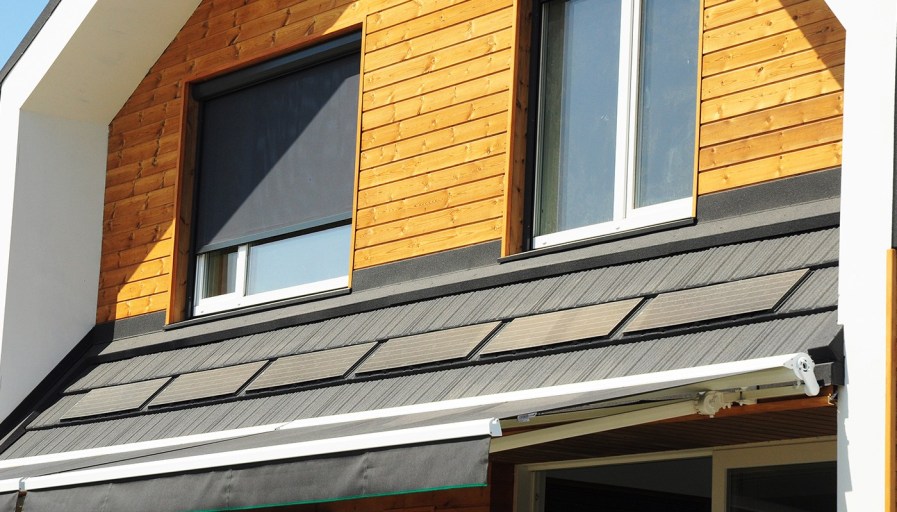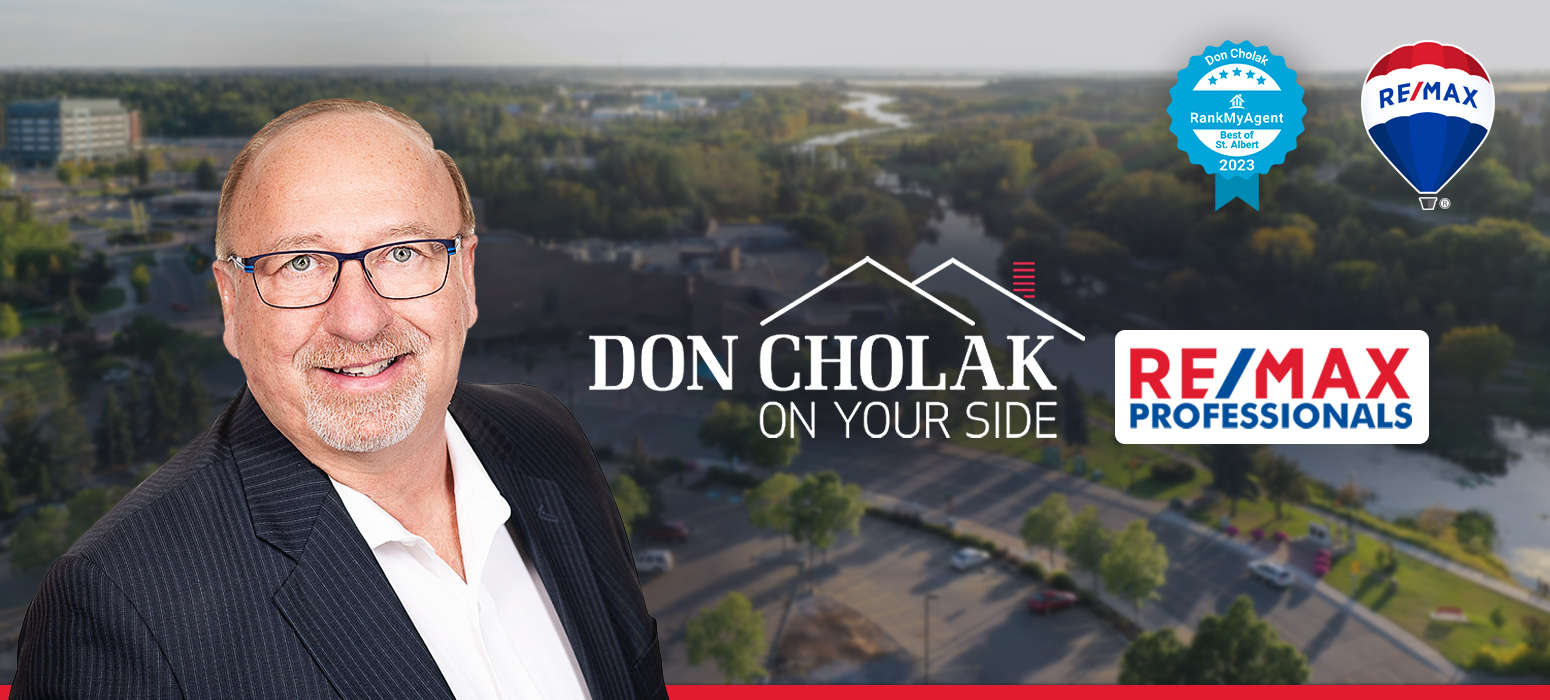Passive houses are really anything but passive—the truth is, they’re total powerhouses. They boast incredible energy efficiency, superb insulation and optimal temperature and comfort 12 months a year.
With that being said, passive homes aren’t very common in Canada yet, as our intensely varied climate presents challenges for anyone trying to keep a home comfortable year-round.
To learn more about these unique homes and their growing place in the Canadian home landscape, we spoke to two PHIUS-certified (Passive House Institute US) builders: Chris Weissflog of EcoGen Energy in Kemptville, Ontario and William Murray of Construction Rocket in the Eastern Townships in Quebec.
What’s the difference between a passive house and a passive solar house ?
As soon as you hear the words “passive house”, you’re probably thinking about solar panels—but they’re not always a necessary component.
Passive solar homes are designed to get the maximum benefits from sunshine with solar panels and other systems that use sunlight to heat the air and water in the house.
Weissflog explains that, despite popular belief, passive homes don’t need to rely on the sun and can actually perform well in the shade too. For a passive home, the ability to maintain a consistent ambient temperature, regardless of the season and without the help of mechanical systems, is more important than the use of solar panels. This is achieved by keeping the house well insulated, and appropriately sealed and ventilated.
What are the advantages of a passive house?
Comfort: Both builders agree, it’s impossible to find a house more comfortable than a passive house. Whether it’s -30 or +30, in the middle of a room or right next to a window—passive houses maintain a consistently comfortable inside temperature. Will Murray had a client who wanted to do yoga in front of her glass patio door in the middle of winter without freezing. In a passive home with effective ventilation, this is totally feasible.
Energy efficiency: Passive houses use very little energy and cost almost nothing to heat in the winter or cool in the summer. Murray reported the annual energy costs for a 1,980-square-foot PHIUS-certified passive home his company constructed were an impressive $700 (approximately $58 per month) and included—among other things—appliances, heating and cooling.
Air quality: Because passive homes are built to be extremely airtight, they require efficient and regular ventilation and air filtering. This makes them a great choice for people with allergies or breathing problems.
Predictable energy costs year after year: A passive home’s strong seals and effective insulation help keep energy from varying dramatically so you’ll likely avoid surprises like expensive heating and electricity bills through the winter months.
Durability: Passive homes are built to last. Mostly-sealed and built with high-quality materials, passive houses are generally less likely to deteriorate over time—which means lower maintenance costs, too.
Quiet: Another benefit of all that insulation and their thicker walls, triple-glazed windows and lack of forced-air systems for heating or cooling, passive houses can be incredibly quiet.
They’re ideal for apartments: For a multiplex or student residence, building a passive structure is a great option. By assuming most of the costs during construction, you’ll save money on utilities long-term and the added insulation will make it harder for tenants to disrupt each other with noise.
Before you build
– If you want your home to be certifiably passive, make sure you involve a PHIUS or Passivhaus certified expert from the get-go—even before hiring an architect. Make sure the involved professionals communicate the nuances of the process to avoid paying for plans and drawings more than once.
– Keep in mind, renovating an existing house into a passive house can be more expensive than starting from scratch.
– The up-front costs of building a passive house can be significant (a construction mortgage might help) but factor in the long-term savings on energy and maintenance when creating your budget.
– While the topics of sealing or energy-efficient insulation aren’t exactly sexy when compared with kitchen and bathroom design, they’re essential to a passive home and too ensure comfort year-round.
– Various experts will need to collaborate on your passive house through design and building to ensure your home meets the standards for certification.
Interested? Try searching for homes for sale near you with the keyword search term, “passive”.















